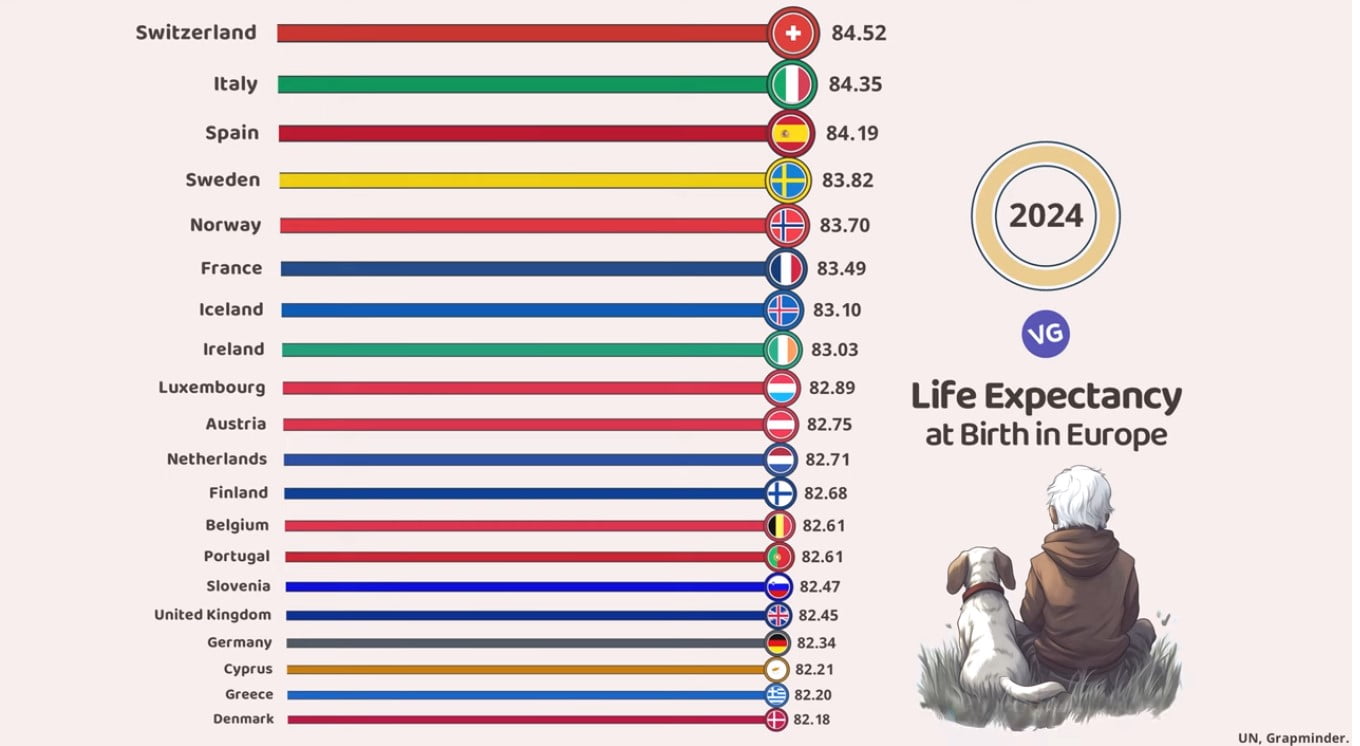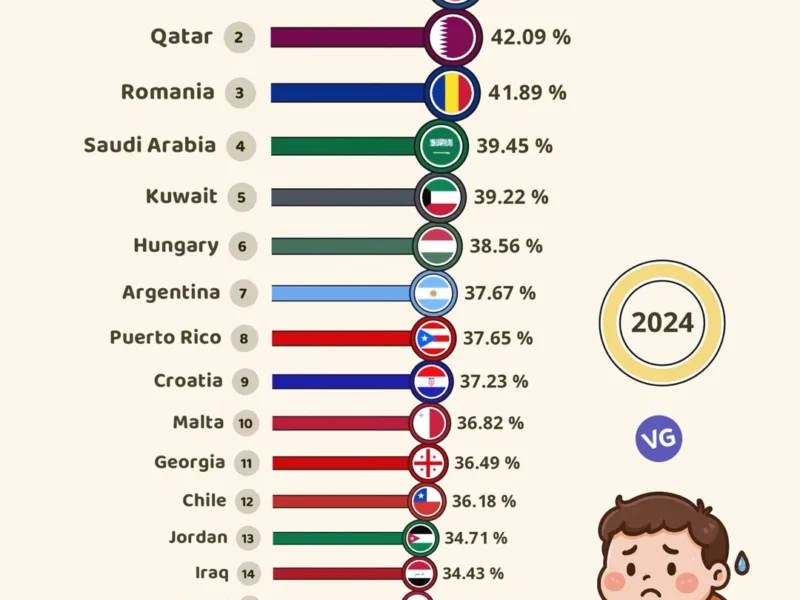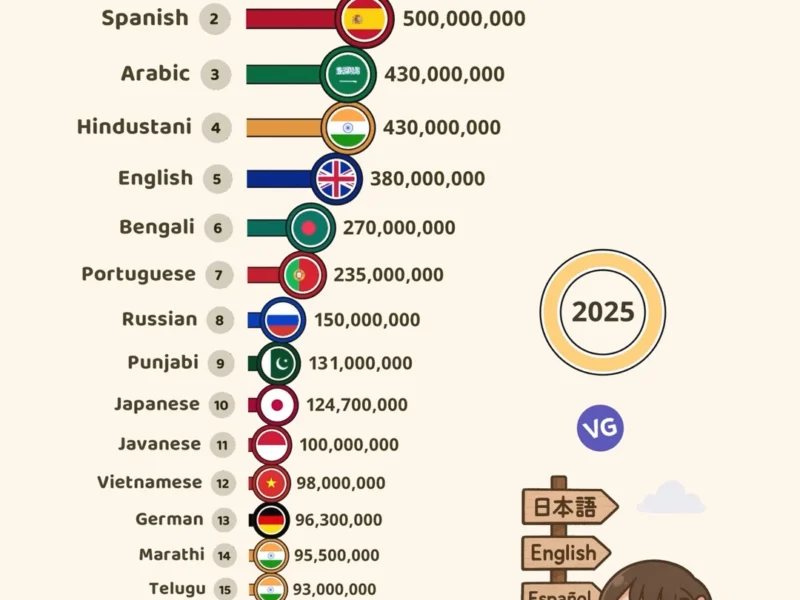In Europe, people are expected to live up to 79.09 years on average by 2024. This is a 0.97% increase from last year1. This is much higher than the world’s average of 73.4 years, showing Europe’s high life expectancy1.
life expectancy in europe 2024
| Country | Flag | Life Expectancy (years) |
|---|---|---|
| Switzerland | 🇨🇭 | 84.52 |
| Italy | 🇮🇹 | 84.35 |
| Spain | 🇪🇸 | 84.19 |
| Sweden | 🇸🇪 | 83.82 |
| Norway | 🇳🇴 | 83.70 |
| France | 🇫🇷 | 83.49 |
| Iceland | 🇮🇸 | 83.10 |
| Ireland | 🇮🇪 | 83.03 |
| Luxembourg | 🇱🇺 | 82.89 |
| Austria | 🇦🇹 | 82.75 |
| Netherlands | 🇳🇱 | 82.71 |
| Finland | 🇫🇮 | 82.68 |
| Belgium | 🇧🇪 | 82.61 |
| Portugal | 🇵🇹 | 82.61 |
| Slovenia | 🇸🇮 | 82.47 |
| United Kingdom | 🇬🇧 | 82.45 |
| Germany | 🇩🇪 | 82.34 |
| Cyprus | 🇨🇾 | 82.21 |
| Greece | 🇬🇷 | 82.20 |
| Denmark | 🇩🇰 | 82.18 |
But, life expectancy varies a lot across Europe. It ranges from 86.37 years in Monaco to just 71.20 years in Moldova2. Women also live longer than men by 1.08 to 7.50 years in different countries2.
Key Takeaways
- The average life expectancy in Europe is projected to reach 79.09 years in 2024, a 0.97% increase from 2023.
- Life expectancy across Europe varies significantly, ranging from 86.37 years in Monaco to 71.20 years in Moldova.
- Females generally have a longer life expectancy than males, with a sex gap ranging from 1.08 to 7.50 years.
- Countries like Switzerland, Italy, and Spain have a life expectancy of around 84 years.
- The population sizes in European countries vary greatly, from fewer than 500 people in the Holy See to over 84,548 in Russia.
Life Expectancy Trends in Europe
Life Expectancy at Birth in Europe (2024)
Source: UN, Grapminder
.
Europe has seen a steady increase in life expectancy over the years3. The United Nations projects that life expectancy will keep rising, reaching 79.09 years by 20243. Life expectancy has been growing steadily, with the biggest growth in the 1960s and 1970s3.
Historical Data and Projections
In 2023, Europe’s life expectancy was 79.09 years, up 0.97% from 20223. For 2022, it was 78.33 years, unchanged from 20213. In 2021, it was also 78.33 years, showing no change from 20203. Life expectancy has been rising over the years from 1950 to 20243. The growth rates have varied, with some years seeing big increases and others staying stable3. This shows a steady increase in life expectancy for Europe over the decades3.
In 2022, the EU’s life expectancy at birth was 80.6 years, with women living 5.4 years longer than men4. Life expectancy at birth increased from 77.6 years in 2002 to 81.3 years in 2019, then dropped due to the COVID-19 pandemic4. In 2022, life expectancy at 65 was 19.5 years in the EU, with women living 3.4 years longer than men4. Women in the EU lived 5.4 years longer than men on average in 20224. In EFTA countries, the gender gap was smaller, ranging from 3.7 years in Switzerland to 2.3 years in Liechtenstein in 20224.
| Region | Life Expectancy at Birth (2022) |
|---|---|
| Comunidad de Madrid | 85.2 years |
| Provincia Autonoma di Trento (Italy) | 84.4 years |
| Severozapaden (Bulgaria) | 72.3 years |
The highest life expectancy at birth in 2022 was in Comunidad de Madrid (85.2 years) and Provincia Autonoma di Trento in Italy (84.4 years)4. The lowest life expectancy was in Bulgaria, with Severozapaden at 72.3 years4.
“The statistics reflect a general upward trend in life expectancy for Europe over the past decades.”
Life expectancy in Europe 2024
By 2024, Europeans are expected to live an average of 79.3 years, both men and women combined5. This is good news, thanks to better healthcare, living standards, and health campaigns5.
Life expectancy varies across Europe, but the overall trend is positive. Women are expected to live to 82.7 years, while men to 75.9 years in 20245. This gap between men and women living longer is seen worldwide, due to many reasons6.
In 2024, Europe’s median age will be 42.5 years, showing an aging population5. This is due to lower birth rates, better healthcare, and people living longer5. These changes will affect economic and social support systems, making them harder to manage5.
| Indicator | Value in Europe (2024) |
|---|---|
| Population | 745,083,8245 |
| Median Age | 42.5 years5 |
| Total Fertility Rate (TFR) | 1.4 live births per woman5 |
| Infant Mortality Rate | 3.4 infant deaths per 1,000 live births5 |
| Under-5 Mortality Rate | 4.1 deaths per 1,000 live births5 |
| Urban Population | 75.6% (563,417,440 people)5 |
| Population Density | 34 people per Km2 (87 people per mi2)5 |
Switzerland, Italy, Spain, and Sweden are leading with life expectancies of 83.42 to 84.09 years for both sexes in 20247. Belarus and Azerbaijan have lower expectancies at 74.62 and 74.58 years, respectively7. These differences come from various factors like healthcare, living conditions, and lifestyle7.
Europe’s life expectancy is set to improve in 2024, showing progress in health and longevity5. Yet, dealing with an aging population and changing dependency ratios is key to the future well-being of European societies5.
Conclusion
Europe’s life expectancy is set to rise in 2024, keeping it among the top regions for longest lives8. Even though each country varies, the trend shows Europe getting better at keeping people alive longer8. Better healthcare, living conditions, and health policies will help make people live longer in the future9.
The COVID-19 pandemic hit Europe hard, making life expectancy more uneven in 2021. But by 2022, life expectancy was back to normal, yet it’s still lower than before the pandemic8. This shows the lasting effect of the pandemic on life expectancy8.
Studying death rates over three pandemic years gave us new insights. Thanks to detailed Eurostat data, we learned how death rates changed and how they relate to life expectancy before the pandemic8. This study shows why looking closely at different places helps us understand death patterns better. It also shows how life expectancy and death rates interact during big health crises like COVID-198.
FAQ
What is the current life expectancy in Europe?
As of 2023, life expectancy at birth in the EU was 81.5 years. This is an increase of 0.9 years from 2022. It’s also 0.2 years higher than in 2019, before the pandemic.
What is the projected life expectancy for Europe in 2024?
For 2024, Europe’s life expectancy is expected to be 79.09 years. This is the same as the 2023 rate, showing no change.
How has life expectancy in Europe been trending over the past few years?
In 2023, Europe’s life expectancy was 79.09 years, a slight increase from 2022. The year before, in 2022, it was 78.33 years. There was no change from 2021 or 2020, at 78.33 years each.
What factors are contributing to the rise in life expectancy in Europe?
The UN predicts Europe’s life expectancy will keep going up, reaching 79.09 years by 2024. Over the decades, life expectancy has been rising steadily. This is thanks to better healthcare, living standards, and health initiatives.
Which European countries have the highest and lowest life expectancy?
In 2023, 15 countries had life expectancy above the EU average. Spain, Italy, and Malta had the highest, at 84.0, 83.8, and 83.6 years, respectively. On the other end, Bulgaria, Latvia, and Romania had the lowest, at 75.8, 75.9, and 76.6 years.
Source Links
- Life Expectancy by Country 2024 – https://worldpopulationreview.com/country-rankings/life-expectancy-by-country
- List of European countries by life expectancy – https://en.wikipedia.org/wiki/List_of_European_countries_by_life_expectancy
- Europe Life Expectancy 1950-2024 – https://www.macrotrends.net/global-metrics/countries/eur/europe/life-expectancy
- Mortality and life expectancy statistics – https://ec.europa.eu/eurostat/statistics-explained/index.php/Mortality_and_life_expectancy_statistics
- Europe Demographics 2024 (Population, Age, Sex, Trends) – https://www.worldometers.info/demographics/demographics-of-europe/
- Life Expectancy – https://ourworldindata.org/life-expectancy
- Life Expectancy by Country and in the World (2024) – https://www.worldometers.info/demographics/life-expectancy/
- Inequalities in regional excess mortality and life expectancy during the COVID-19 pandemic in Europe – https://www.ncbi.nlm.nih.gov/pmc/articles/PMC10869827/
- Future life expectancy in Europe taking into account the impact of smoking, obesity, and alcohol – https://elifesciences.org/articles/66590



